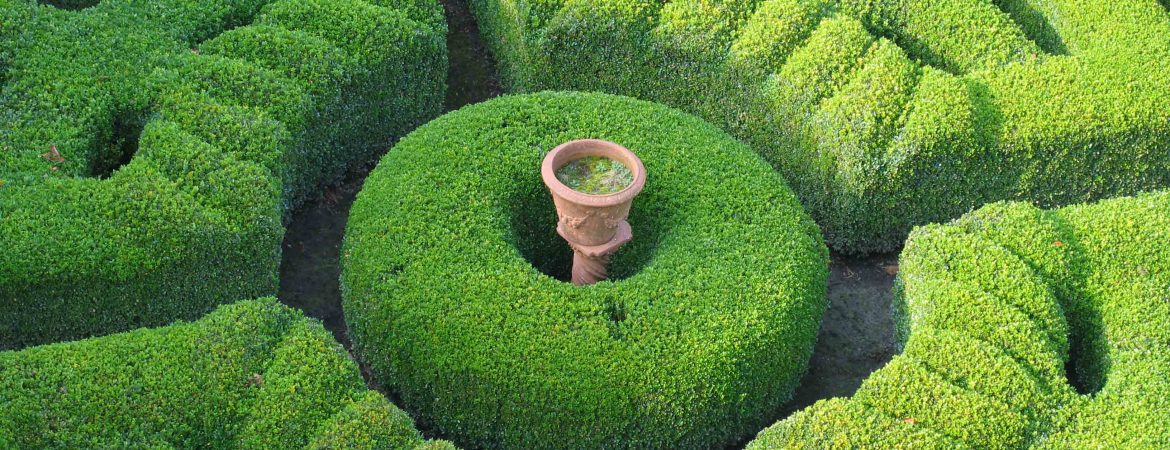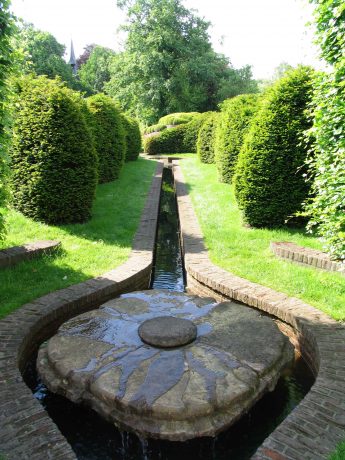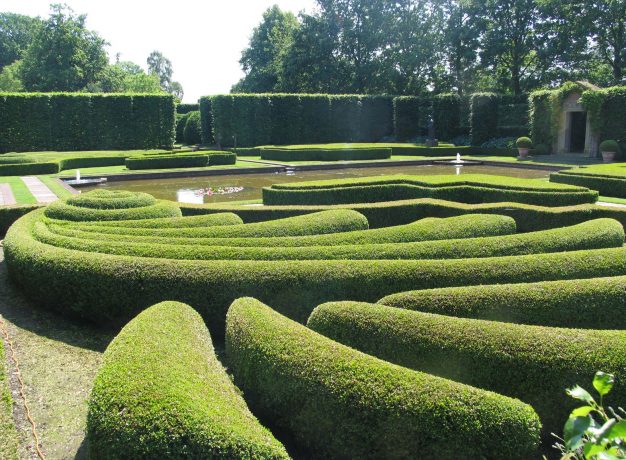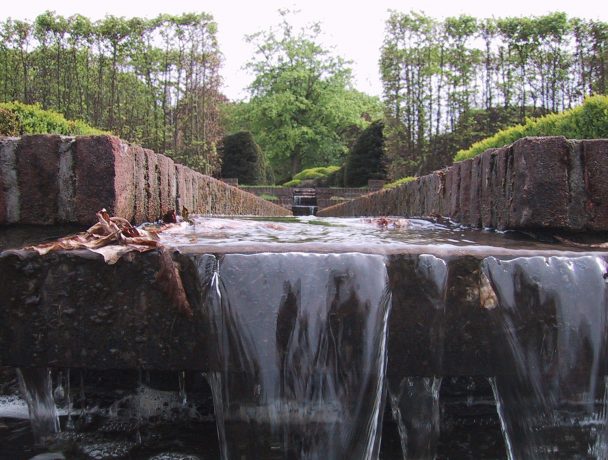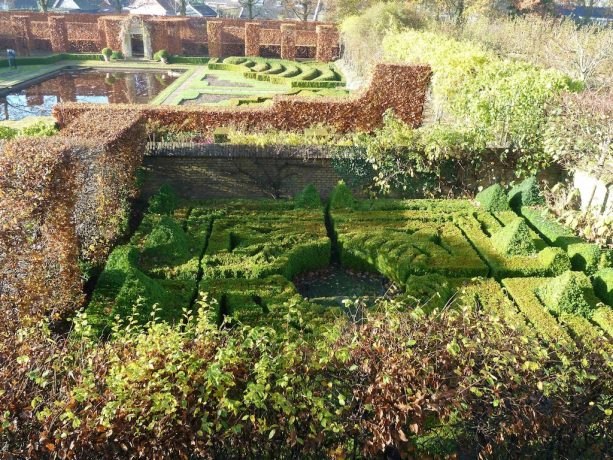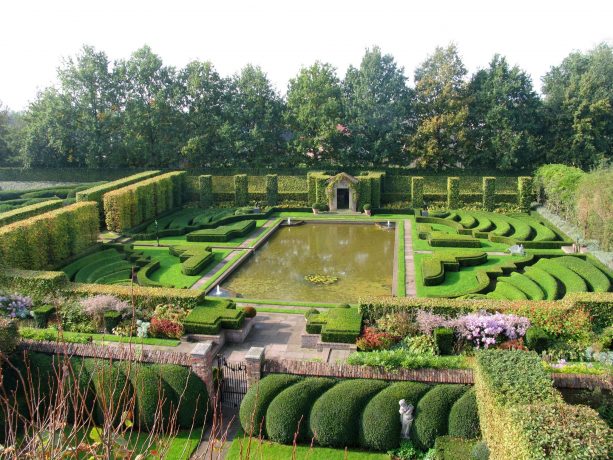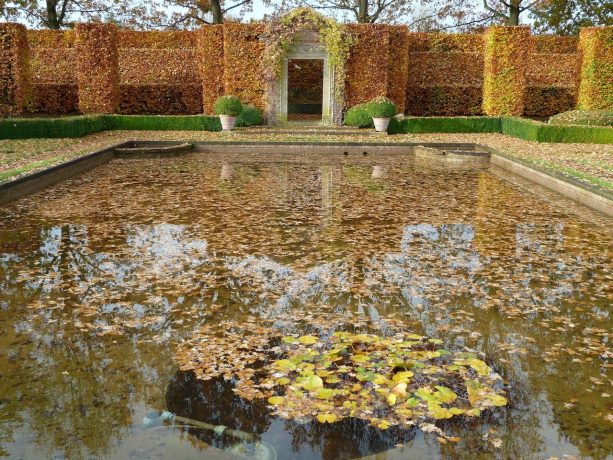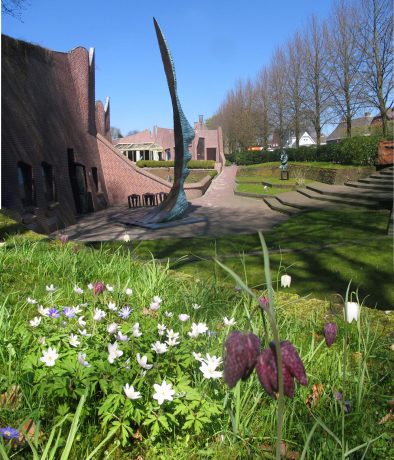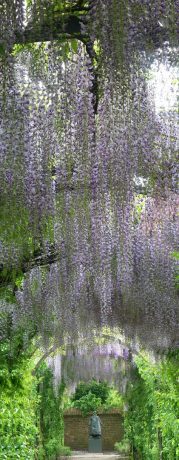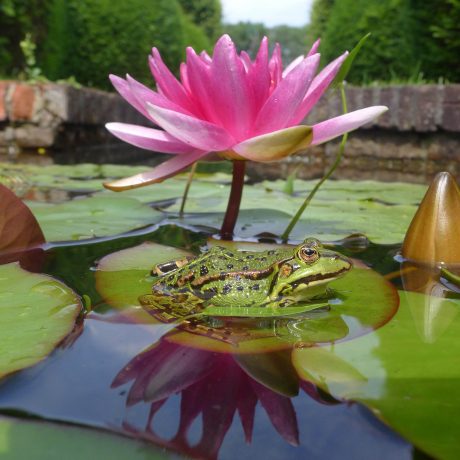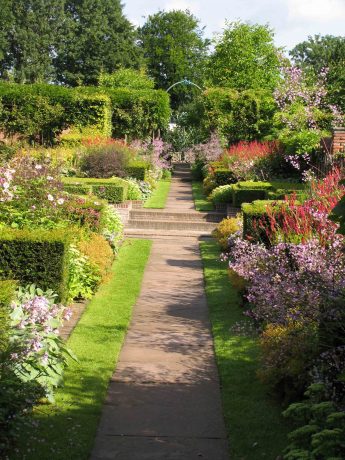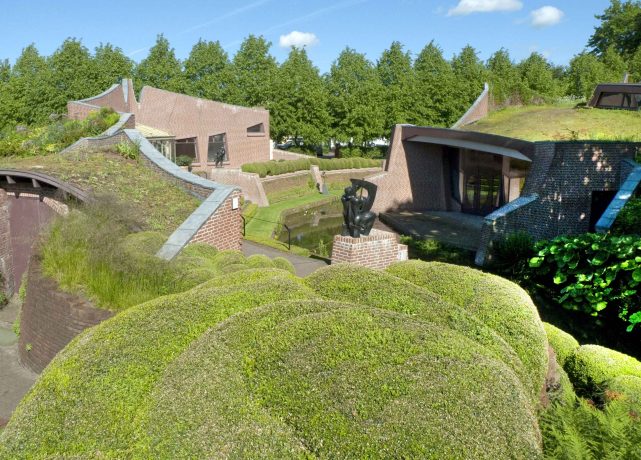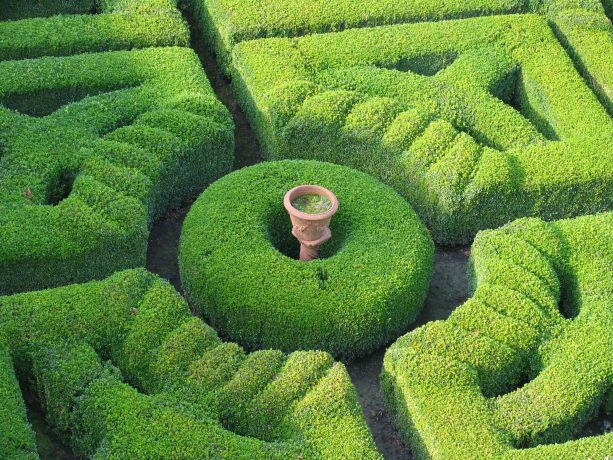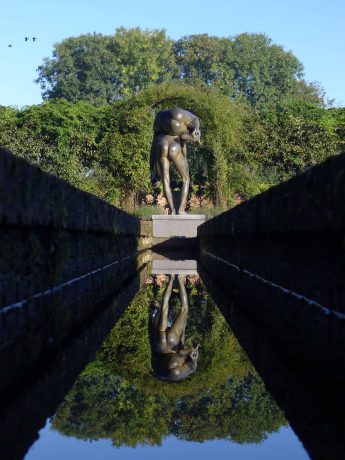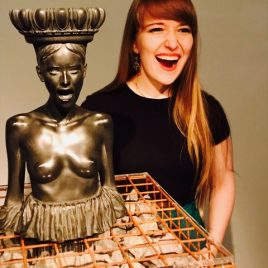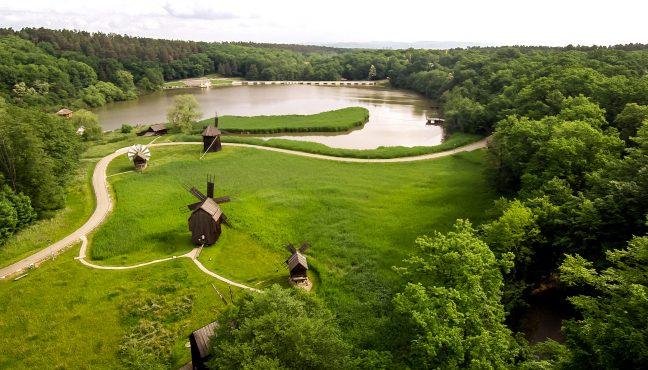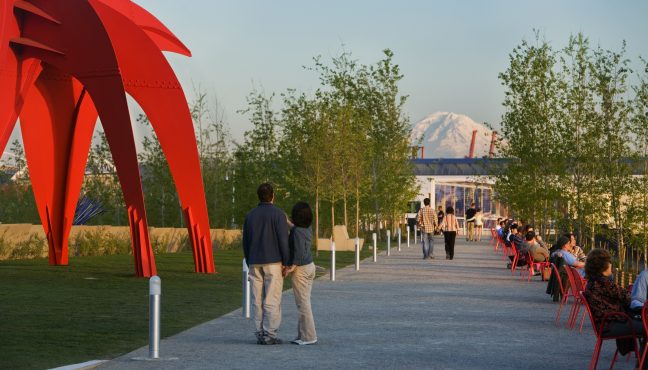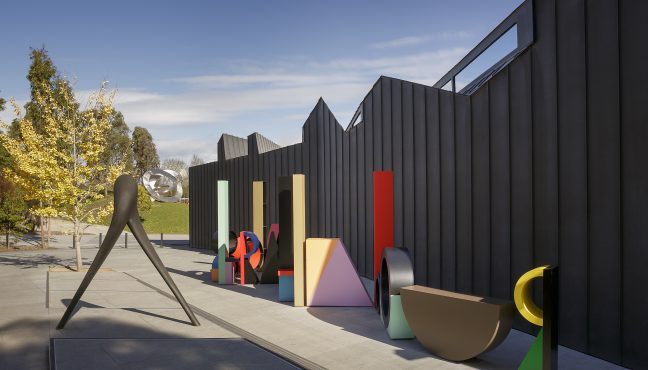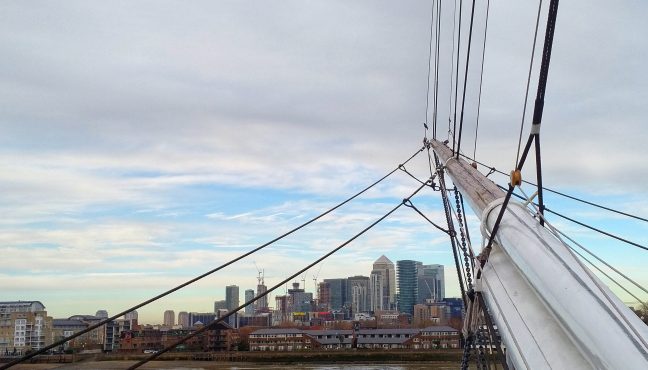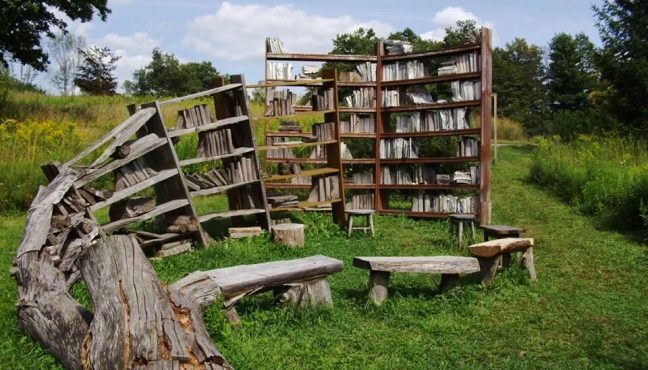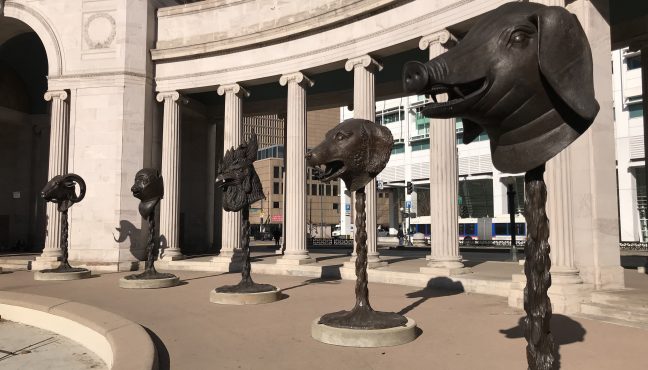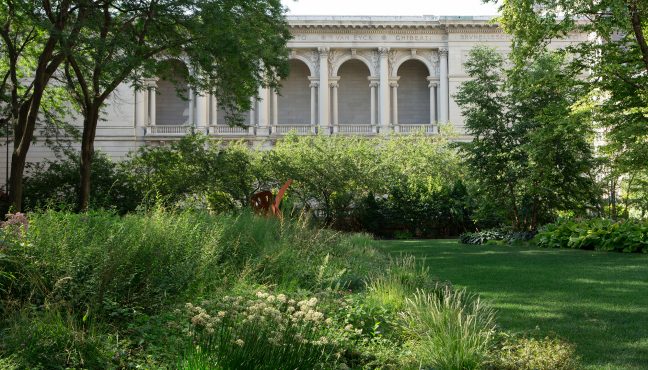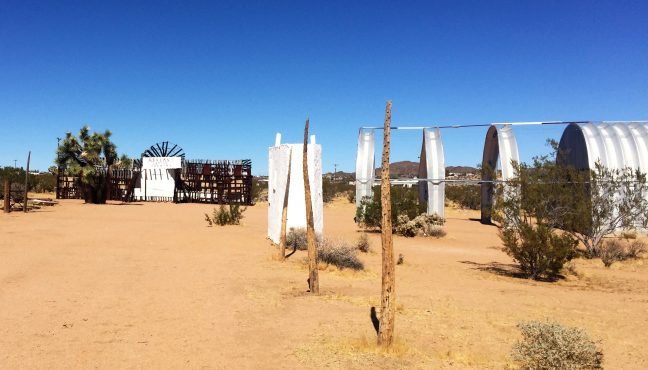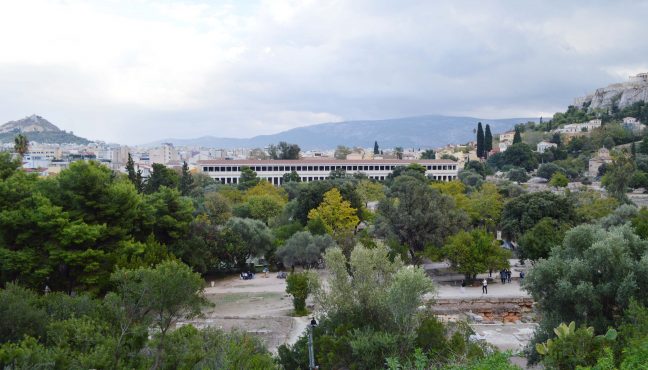Just 10 kilometers (6 miles) south of Groningen (one of the largest cities in the North of Netherlands), and you are in a truly magical place – the museum complex Museum De Buitenplaats in Eelde – a perfect example of organic architecture and an evident sign of immense respect for nature. This is a place that you can easily mistake for a film-set, but it is a museum although unconventional on so many levels.
It all began with the acquisition of a 1654 state monument the “Nijsinghhuis”. Jos van Groeningen and Janneke Groeningen-Hazewinkel bought the deteriorating estate for the symbolic price of one guilder and took the initiative to turn the building into an extraordinary monument. The Van Groeningen couple founded the museum and reconstructed the garden based on 17th century garden designs. Janneke passed away in 2007 and Jos van Groeningen still lives in Nijsinghhuis.
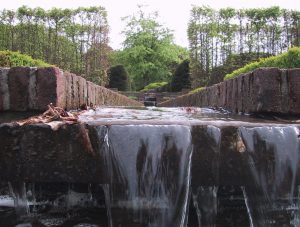
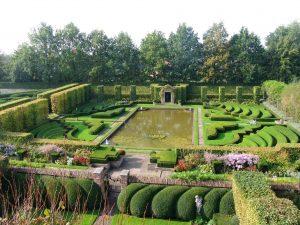
The restoration began in 1971 and the Van Groeningens invited prominent contemporary artists to contribute: Matthijs Röling, leader of contemporary figurative painting and Northern Realism in the Netherlands, came up with the "blue room", the library, the entry hall and circular sky ceiling (together with Wout Muller). Wout Muller, renowned representative of Northern Realism, set up an "erotic cabinet" with small windows overlooking the garden. The garden behind the Nijsinghhuis is a classic geometric garden with a mirroring pond, its concept derives from the 17th century landscape architecture: an apple orchard and spectacular flowers, serpentine wall, decorated with roses and grapes and several sculptures amongst which are pieces by Lotta Blokker, Charlotte van Pallandt and Jan Steen.
Museum De Buitenplaats was envisioned by Anton Alberts, anthroposophical architecture proponent and founder of Alberts and Van Huut Architects. Cemented brick walls alternate with neatly piled walls planted with ivy and stonecrop. Flowery roof gardens and colorful borders create green "outdoor spaces". The walls consist of clipped beech and yew bushes. The museum pavilion and the garden frame exhibitions and events, creating a unique atmosphere.
Her Majesty the Queen officially opened the museum doors in 1996, but back then the garden was still in the works. Copijn and Janneke van Groeningen-Hazewinkel collaborated to design the garden the way we see it today; it was finally opened in 2000. The garden consists of an organic part and a formal part. The so-called “organic chamber” is adjacent to the museum and extends onto the roof of the pavilion, it connects the museum to the green amphitheater, with hundred plus seats. The garden turns “bringing” the visitors to the Museum café (where you just have to try homemade cakes and lunches).
The garden has been integrated in most exhibitions; the unique landscape gives artists and curators a great opportunity to come up with not only site-specific exhibitions, but also nature-inspired ones. For example the apple orchard encouraged the museum to announce an exhibition, dedicated to the history of apple and its role in painting over the centuries. Nature plays a leading role both outside of the museum and inside it – current exhibition Portraits of Nature (that dwells on such matters as space and time) includes nature photography by Japanese Noboyuki Kobayashi and Hiroyuki Masuyama and by Dutch photographer Kim Boske.
Until 2014 the exhibitions used to put contemporary figurative Dutch art after WWII center stage. Starting 2015 the museum mission has been extended. Now Museum De Buitenplaats strives to show figurative art in the broadest sense: contemporary art, drawing, classical, modern art and garden architecture, all that makes the visitors aware of the way art, nature and architecture intertwine, influence our society and inspire people to think outside the box.
Apart from visual art guests can enjoy music (from chamber music to operas) and literature (from classical poetry to new mediums). You can without hesitation visit the museum every two weeks, because that’s the frequency of concerts in Museum De Buitenplaats. Often classical music concerts take place on Sunday afternoons and in summer musical Museum Sessions (when young talented singers perform on the open air stage) take place on Friday afternoons.
Museum De Buitenplaats means a great day out for any visitor: those who love art, historic and contemporary architecture, music, theater or literature, those who love to BREATHE in peaceful gardens – everyone will be happy to visit the museum. We can include even those, who do not care for anything listed above, but appreciate a really good apple crumble!
